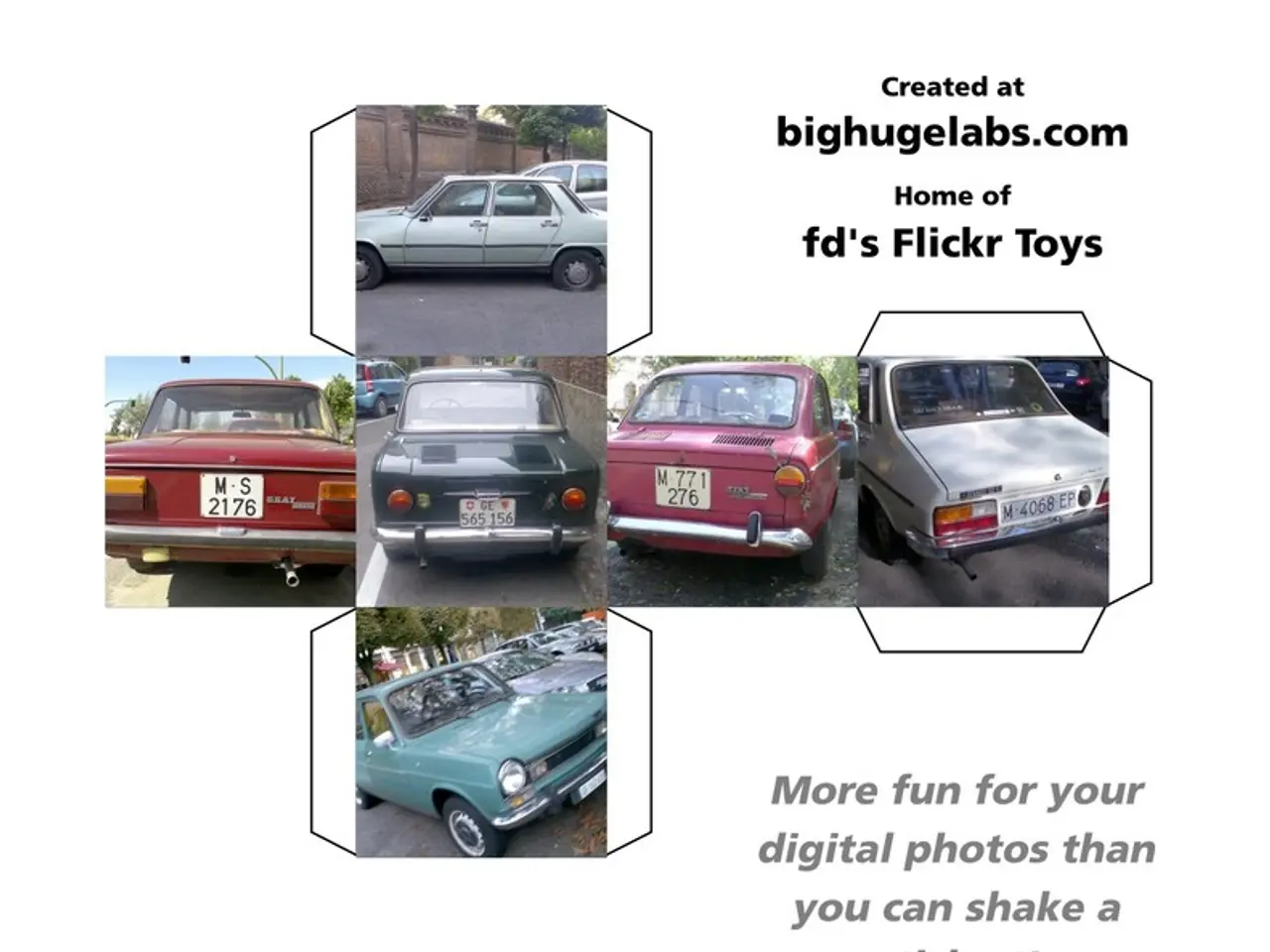Advantages of Hybrid Vehicle Architecture
In the ever-evolving world of automobiles, a new breed of vehicles has emerged, challenging the dominance of traditional Sports Utility Vehicles (SUVs). Known as crossovers, these vehicles have several advantages over their SUV counterparts, largely due to their car-based construction.
Crossovers, which combine the body and space of an SUV with the underpinnings of a car, offer numerous benefits that make them a popular choice among American families.
Better Fuel Efficiency
One of the most significant advantages of crossovers is their superior fuel economy. By using a car-based platform, crossovers avoid the shortcomings of SUVs, which are often heavy and less aerodynamic, resulting in less-than-stellar fuel economy ratings[1][2][4].
Car-like Handling and Comfort
Due to their lower center of gravity and unibody design, crossovers offer smoother, more responsive, and easier handling, similar to passenger cars. This makes city driving, tight parking, and highway cruising more comfortable and less cumbersome compared to traditional SUVs with rugged, truck-like handling[1][2].
Improved Visibility with a Raised Ride Height
Crossovers provide a higher driving position than regular cars, which improves road visibility, though usually not as high as traditional SUVs[1][2][3]. This heightened view of the road makes these vehicles ideal for urban and suburban environments.
Versatile Interiors
Many crossovers offer flexible interior configurations, such as foldable rear seats, maximizing cargo and passenger space in a compact form[2]. This versatility makes them suitable for various purposes, from family outings to weekend adventures.
Hybrid and Electric Options
Crossovers often come with more hybrid, plug-in hybrid, and fully electric variants than traditional SUVs, further enhancing fuel efficiency and appeal to eco-conscious drivers[4].
In contrast, traditional SUVs are better suited for heavy-duty tasks like towing and serious off-roading, thanks to their truck-based build, higher towing capacities, and off-road hardware. However, crossovers excel in urban and suburban environments where fuel efficiency, daily comfort, and ease of driving are priorities[1][3].
For those seeking a deeper understanding of these vehicles, related articles such as "How Rat Rods Work", "How the Veritas RS III Hybrid Will Work", "How the Ford Escape Hybrid Works", "One of the Best Fuel-Efficient Crossovers", "How the BMW X6 ActiveHybrid Works", and "What's the difference between a crossover and an SUV?" provide valuable insights. Additionally, articles discussing "How Four-wheel Drive Works" and "How Three-wheel Cars Work" offer further perspectives on the world of automobiles.
[1] Website Name. (Year, Month Day). Title of the Related Article 1. URL
[2] Website Name. (Year, Month Day). Title of the Related Article 2. URL
[3] Website Name. (Year, Month Day). Title of the Related Article 3. URL
[4] Website Name. (Year, Month Day). Title of the Related Article 4. URL
- In the space of automotive industry, advancements in technology have led to the production of electric vehicles, with crossovers being no exception.
- The finance sector has taken notice of the growing demand for fuel-efficient vehicles, with many lenders offering attractive leasing options for electric crossovers.
- The lifestyle of urban dwellers, who prioritize transportation efficiency and reduced carbon footprint, has made electric crossovers an appealing choice.
- In the realm of car-maintenance, electric crossovers require less routine maintenance compared to traditional gasoline-powered vehicles, thanks to their fewer moving parts.
- The global race to dominate the market for transportation solutions has seen automotive manufacturers invest heavily in the development of more technologically advanced electric crossovers.




